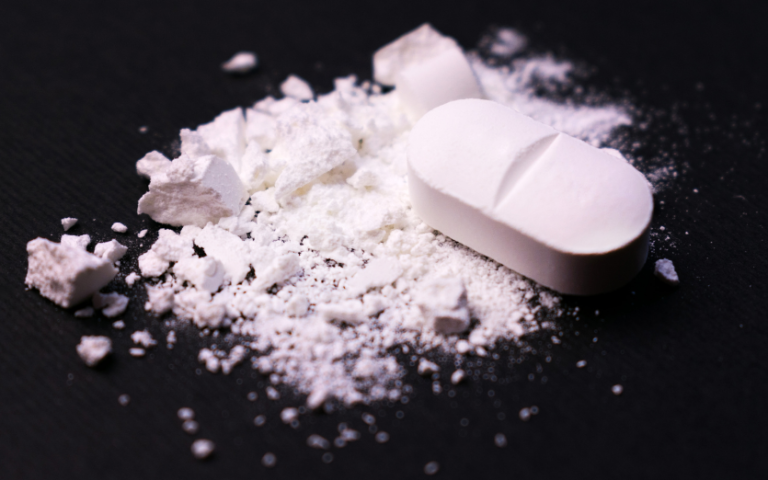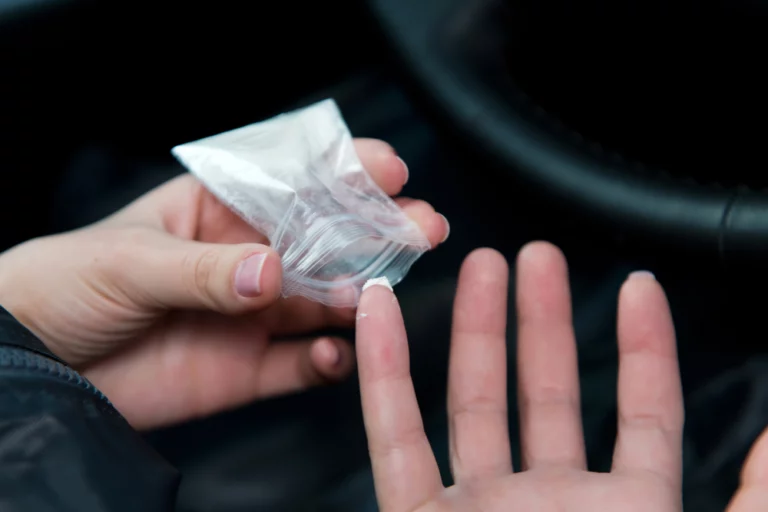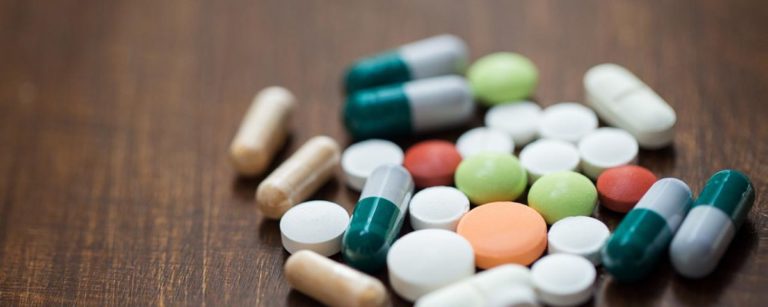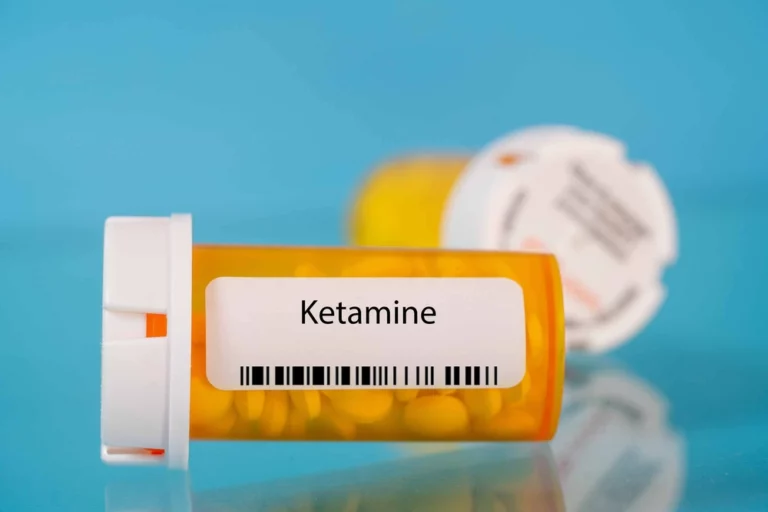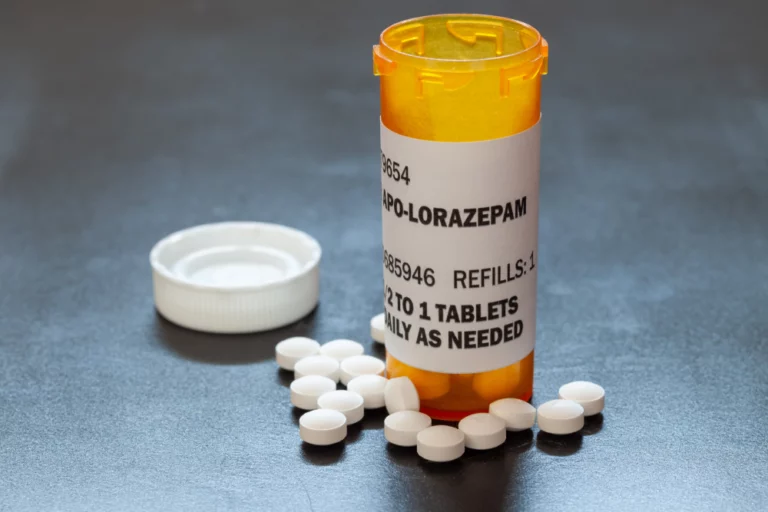Struggling with substance abuse can be daunting, especially when dealing with more than one addictive substance.
This scenario, known as polysubstance abuse, involves the use of multiple drugs or alcohol simultaneously, significantly complicating addiction and recovery processes. Understanding how polysubstance abuse can exacerbate certain forms of addiction is important to moving forward with your recovery.
Learn more about polysubstance abuse, common combinations, and what resources are available to help you on the road to recovery.

Understanding Polysubstance Abuse
Polysubstance abuse refers to the simultaneous or sequential use of two or more addictive substances, often without a specific preference for one substance over the others.
This pattern of substance use can vary widely, with individuals combining substances for various reasons, such as enhancing the effects of one drug, counteracting undesirable effects, or simply due to availability. Common combinations include alcohol with opioids, stimulants with sedatives, or multiple illicit drugs taken together, each posing unique dangers to the user.
This condition is particularly concerning because of the compounded and unpredictable effects it has on both the body and mind. When substances are used together, their interactions can amplify their individual effects, leading to greater impairment, a higher likelihood of dangerous side effects, and an increased risk of overdose.
For instance, combining depressants like alcohol and benzodiazepines can severely suppress respiratory function, while mixing stimulants with depressants can mask overdose symptoms, delaying critical medical intervention.
Polysubstance abuse also significantly increases the likelihood of long-term health complications. Prolonged use can strain major organs, including the heart, liver, and kidneys, leading to conditions like cardiovascular disease, liver damage, or renal failure.
Additionally, the repeated use of multiple substances can alter brain chemistry in ways that heighten dependency, making recovery more complex and challenging. Mental health issues, such as anxiety, depression, and psychosis, are also common in individuals with polysubstance use disorders, often exacerbating the cycle of abuse.

This condition often develops in environments where substances are easily accessible or as a result of self-medicating to cope with trauma, stress, or mental illness.
Understanding the underlying causes of polysubstance abuse is crucial for effective treatment, which typically requires a comprehensive and personalized approach. Programs that address not only the physical aspects of addiction but also the psychological and emotional factors can significantly improve recovery outcomes.
Given the serious risks associated with polysubstance abuse, early intervention and professional support are critical for mitigating harm and improving the chances of a successful recovery.
What Is Polysubstance Abuse?
Polysubstance abuse is characterized by the simultaneous or alternating use of multiple substances, often with no specific or consistent preference for one over the others. This pattern of use is common among individuals seeking to amplify the pleasurable effects of certain substances, mitigate undesirable side effects, or experiment with combinations to achieve a unique experience.
For example, someone might mix alcohol with prescription opioids to enhance feelings of relaxation or use stimulants like cocaine alongside depressants such as benzodiazepines to maintain a sense of balance or prolong a high.
This practice is particularly dangerous because the interactions between substances are often unpredictable and can significantly compound their effects on the body and mind. The risks of polysubstance abuse include heightened toxicity, which increases the likelihood of accidental overdose, and an exacerbation of short- and long-term health complications.
For instance, combining depressants such as alcohol and sedatives can suppress vital functions like breathing and heart rate, leading to life-threatening respiratory depression. Similarly, using stimulants and depressants together can mask the signs of overconsumption, delaying recognition of an overdose until it is too late to intervene effectively.

The dangers of polysubstance use extend beyond physical health to include profound effects on mental and emotional well-being. Chronic use can severely disrupt brain chemistry, intensifying dependency and making it harder for users to quit.
Additionally, the unpredictable nature of substance interactions can contribute to psychological instability, increasing the likelihood of anxiety, depression, paranoia, or psychosis. For individuals already grappling with mental health challenges, polysubstance abuse can exacerbate symptoms and create a vicious cycle that fuels continued use.
Polysubstance abuse often arises from a combination of environmental, psychological, and biological factors. For some, it may stem from self-medicating untreated mental health conditions, while others may engage in this behavior due to social pressures or the availability of multiple substances in their environment. Whatever the underlying cause, this pattern of use can quickly spiral out of control, placing users at significant risk of harm.
Given the complexity and severity of polysubstance abuse, addressing it requires a comprehensive approach to treatment. Effective intervention often involves medically supervised detoxification, individualized therapy, and support systems that address not only substance dependency but also the underlying factors that contribute to it.
Early recognition of polysubstance abuse and prompt professional help can make a critical difference in reducing harm and promoting recovery.
Common Substance Combinations
Polysubstance abuse can involve any combination of substances, but certain combinations tend to be more prevalent due to their perceived effects or their availability.
Common combinations include alcohol with prescription medications like opioids or benzodiazepines, stimulants with depressants, and alcohol with cannabis. Each of these combinations presents unique effects and dangers, often exacerbating the risks associated with the individual substances.
Alcohol combined with prescription medications like opioids or benzodiazepines is particularly dangerous. Both alcohol and these medications are central nervous system (CNS) depressants, meaning they slow down critical bodily functions such as breathing and heart rate.
When used together, the depressant effects can become compounded, significantly increasing the risk of respiratory depression, coma, or even death. This combination is often unintentional, occurring when individuals mix medications prescribed for pain or anxiety with social drinking, not fully aware of the life-threatening potential of the interaction.
Stimulants, such as cocaine or amphetamines, are sometimes paired with depressants like alcohol, heroin, or benzodiazepines. Users may combine stimulants and depressants to counteract the intense effects of one substance with the other, creating a sensation of balance or prolonging their ability to stay awake and alert during social or recreational activities.
However, this combination poses severe risks. Stimulants increase heart rate and blood pressure, while depressants can slow respiratory function. Together, these substances place significant strain on the cardiovascular system and can mask the signs of overdose, delaying the recognition of a medical emergency.
Alcohol and cannabis are another common combination, often seen in social settings. While both substances are widely regarded as relatively mild when used alone, their combined use can lead to unpredictable and intensified effects.
Alcohol increases the absorption of THC, the psychoactive compound in cannabis, leading to heightened impairment and an increased risk of nausea, vomiting, or “greening out” (a term for feeling overwhelmingly intoxicated and unwell). This combination can also impair judgment and coordination more severely than either substance alone, increasing the likelihood of accidents or risky behavior.
Other less common but equally dangerous combinations include mixing hallucinogens with stimulants or depressants. These combinations can lead to erratic behavior, severe psychological distress, and physical harm due to the unpredictable interactions between the substances.
Understanding the specific risks associated with various substance combinations is crucial for prevention and harm reduction.
Each pairing of substances not only amplifies the potential for physical harm but also increases the complexity of treatment for individuals struggling with polysubstance abuse. Recognizing and addressing the dangers early can make a significant difference in reducing the harm caused by this dangerous pattern of substance use.
Signs and Symptoms of Polysubstance Dependence
Recognizing the signs of polysubstance dependence is essential for seeking appropriate intervention and support.

How Can I Tell If I Am Experiencing Polysubstance Dependence or Abuse?
Identifying polysubstance dependence involves recognizing patterns of behavior and physical symptoms, such as a compulsive need to use substances despite negative consequences, increasing tolerance, withdrawal symptoms, and neglect of responsibilities or relationships. Psychological signs include mood swings, anxiety, and memory issues.
Physical and Psychological Indicators
Physical signs can include changes in sleep patterns, appetite fluctuations, and frequent health issues. Psychological indicators might involve erratic behavior, depression, or emotional instability. Considering these signs in conjunction can indicate a need for professional assessment and intervention.
Addressing Polysubstance Abuse
Seeking recovery from polysubstance abuse requires comprehensive strategies to manage the complexity of multiple addictions.
Seek Professional Treatment
Engaging in a structured treatment program is crucial for addressing polysubstance abuse. Professional detox and rehabilitation facilities offer medical supervision to safely manage withdrawal symptoms and reduce health risks.
Develop a Personalized Recovery Plan
A successful recovery plan should be tailored to individual needs, addressing both physical and mental health. This approach could involve counseling, medication-assisted treatment, cognitive-behavioral therapy, and joining support groups like Narcotics Anonymous to foster a supportive community.
Build a Strong Support Network
Support from family, friends, or peers undergoing similar journeys can provide motivation and accountability. Open and honest communication about struggles and progress strengthens these relationships and bolsters recovery efforts.
Frequently Asked Questions About Polysubstance Abuse
Understanding the intricacies of polysubstance abuse through common questions can help in identifying and tackling the issue effectively.
What Is Polysubstance Abuse?
Polysubstance abuse involves the use and dependence on two or more addictive substances simultaneously. This pattern is often characterized by the use of different substances to complement or counteract the effects of each other.
How Can I Tell If I Am Experiencing Polysubstance Dependence or Abuse?
Signs of polysubstance dependence include a compulsion to use multiple substances despite adverse effects, experiencing withdrawal symptoms, increased tolerance, neglecting responsibilities, and psychological issues such as depression or anxiety.
What Drugs and Alcohol Typically Turn Into a Polysubstance Abuse Problem?
Common combinations include alcohol with opioids or benzodiazepines, alcohol with cannabis, and mixing stimulants like cocaine with depressants. These combinations are especially dangerous due to unpredictable interactive effects.
Taking Steps Toward Recovery
Polysubstance abuse presents complex challenges, but understanding the condition and taking proactive steps can lead to recovery and improved well-being. If you or a loved one is struggling with multiple substances, professional help is available to guide you through detoxification and recovery.
Contact Asheville Detox Center or call us today for expert support tailored to your unique needs and start your journey to a healthier life today.


